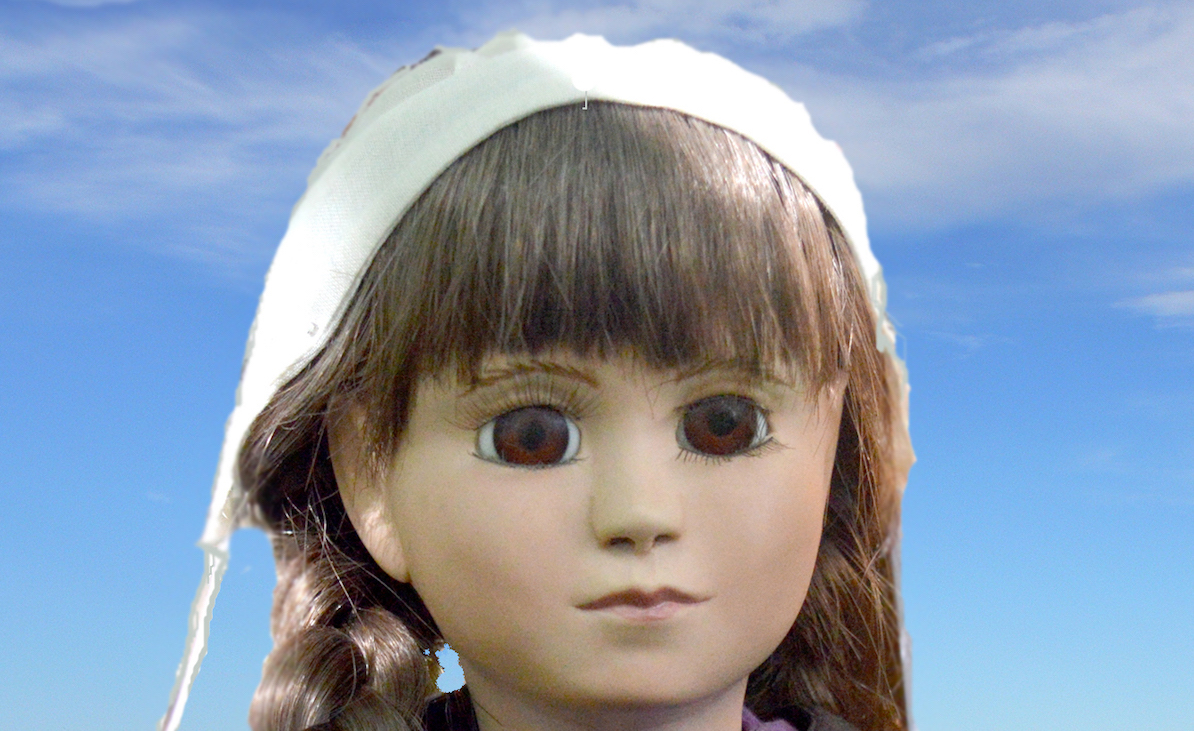
I suppose makers make things for various reasons. My reason was the challenge of it.
I had just started collecting dolls and I wanted the most permanent (porcelain) and most child-like I could get. I had always thought that only artists could sculpt. Well, I now think that statement is only partly true. If I could sculpt a doll and come up with a reasonably good looking one, then anybody can sculpt. Thus Courtnee Anne Yoder was born!
So thus began the long process of learning and making. I had never done any of it before, but I had learned how porcelain objects become hollow. When the “slip” (a clay soup that you buy) is poured into the mold and allowed to set for a few minutes the water in it begins to soak into the plaster mold and the clay in the slip hardens against the mold walls. Then the remaining slip is poured out.
I cannot give instructions in sculpting but there are many good videos on YouTube that show how it is done. I did not have that help when I began, so I would encourage you to study those videos. The local library may have books to help, or search elsewhere on the internet.
First, the tools needed:
- Rubber glove and piece of nylon stocking
- Device for sanding between fingers and toes
- Miscellaneous sculpting tools
- Plastic eyes
- Eyelashes and adhesive
- Eye positioner tool
- Eyewax
- Various brushes for painting
- Eye sizers, used to make eye opening fit the eye
- Diamond sanding pads
- Doll wig
Setting Up
NOTE: Purchase enough clay – I used modeling clay because it does not dry out and can be re-sculpted. One problem with it is if it gets too warm it tends to sag and not hold position.
List of Supplier Sources
Look for a doll show near you – an excellent source for supplies and help.
All About Dolls
The Doll Studio
Doll Parts & Supplies
Jean Nordquist Dolls




